Three Skills to Win a Street Fight

Editor’s Note: This article is presented for discussion and is not training or legal advice. Please seek out high-quality personal defense training and legal advice from qualified sources in your area.
We are all subject to human aggression, but how do you avoid becoming a victim? What three combative concepts should you keep at the ready if ever challenged with a street fight?
In modern psychology, human aggression refers to a range of behaviors that can result in physical harm. Human aggression is a dangerous and harmful form of behavior, and its rate of occurrence in today’s social interactions is alarmingly high.
Rating the Threat
Physical human aggression can be measured on a scale from lowest to highest intensity. This is referred to as the Scale of Human Aggression.
At its mildest physical expression, human aggression can be categorized by what is commonly called a scuffle. Triggered by verbal insults, challenges, or a similar combination of confrontational communication; a scuffle sits at the bottom of the Scale of Human Aggression. You may likely observe this physical expression in the form of finger-pointing, grabbing clothing, shoving or pushing.
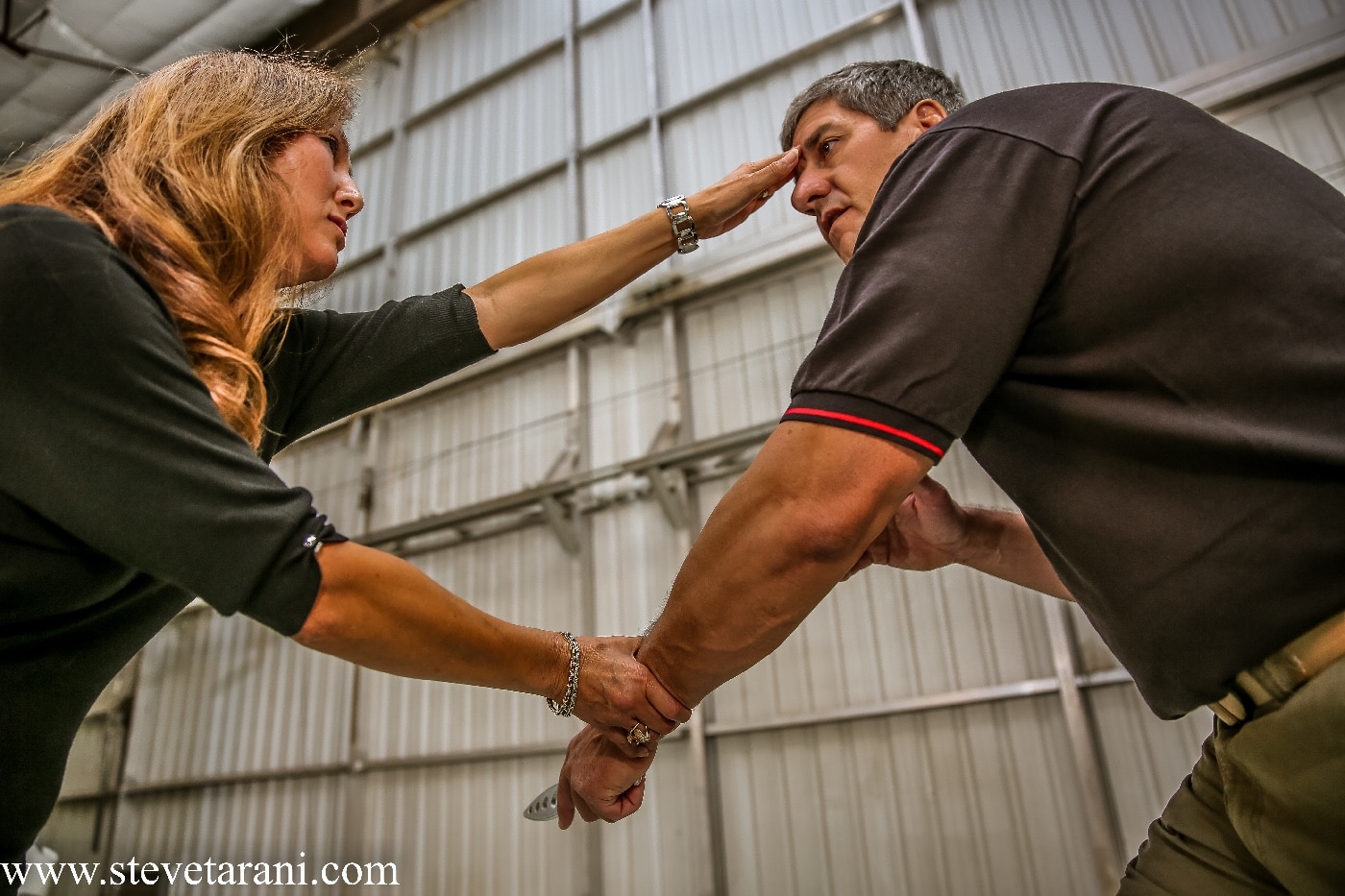
Usually accompanied by shouting or emotionally charged language, it is often attributed to the resulting impulse of motivated frustration, and it usually dissipates as quickly as it starts. A scuffle is generally squelched by those nearby or even by the perpetrators themselves, unwilling to take it to the next level. Other than a bruised ego, there is little or no bodily injury resulting from a scuffle.
The next step up from a scuffle is a fist fight. The iconic barroom brawl, two kids fighting after school, or a fist fight between players during a sporting event, represent typical examples of this mid-level physical expression of human aggression. The purpose of the quintessential fist fight is to ascertain dominance–determine who is the “alpha.” A fist fight can result in physical damage ranging from a minor injury to waking up in an intensive care unit two days later.
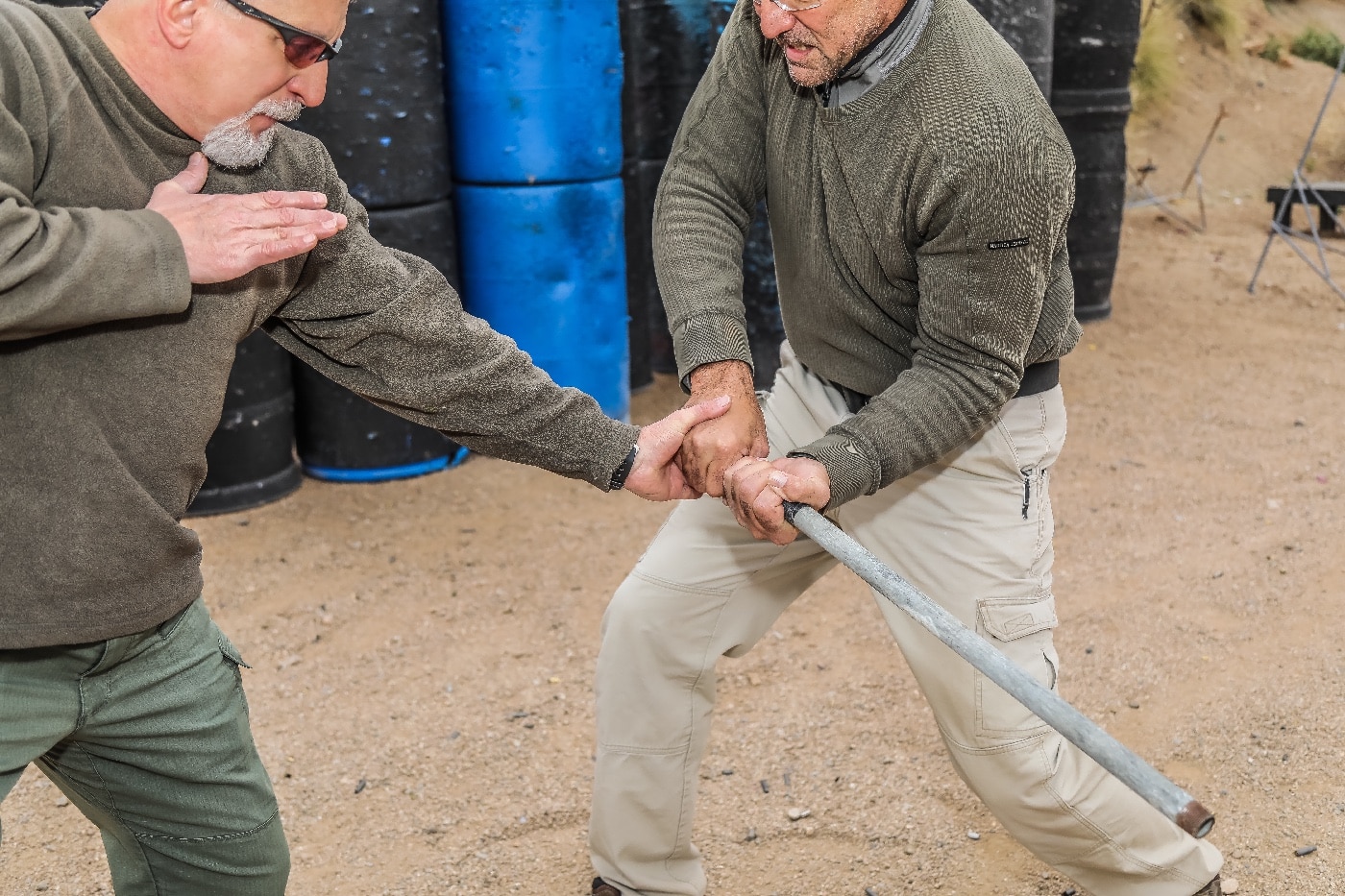
Topping off the Scale of Human Aggression is personal combat, where you are literally fighting for your life. Usually involving weapons such as firearms or edged weapons, oner person is trying to kill another. Only the victor prevails.
ID’ing the Danger
Although few people will ever encounter extreme physical violence in their lifetime, there are some bad eggs out there who kill other human beings for street cred, or just for fun. These are generally persons of violent disposition, psychopaths or the criminally insane. We are merely tourists in their world.
Far more intense than a scuffle or a fight, personal combat minimally results in one or more belligerents landing in intensive care with an extremely high probability of permanent bodily injury or death.
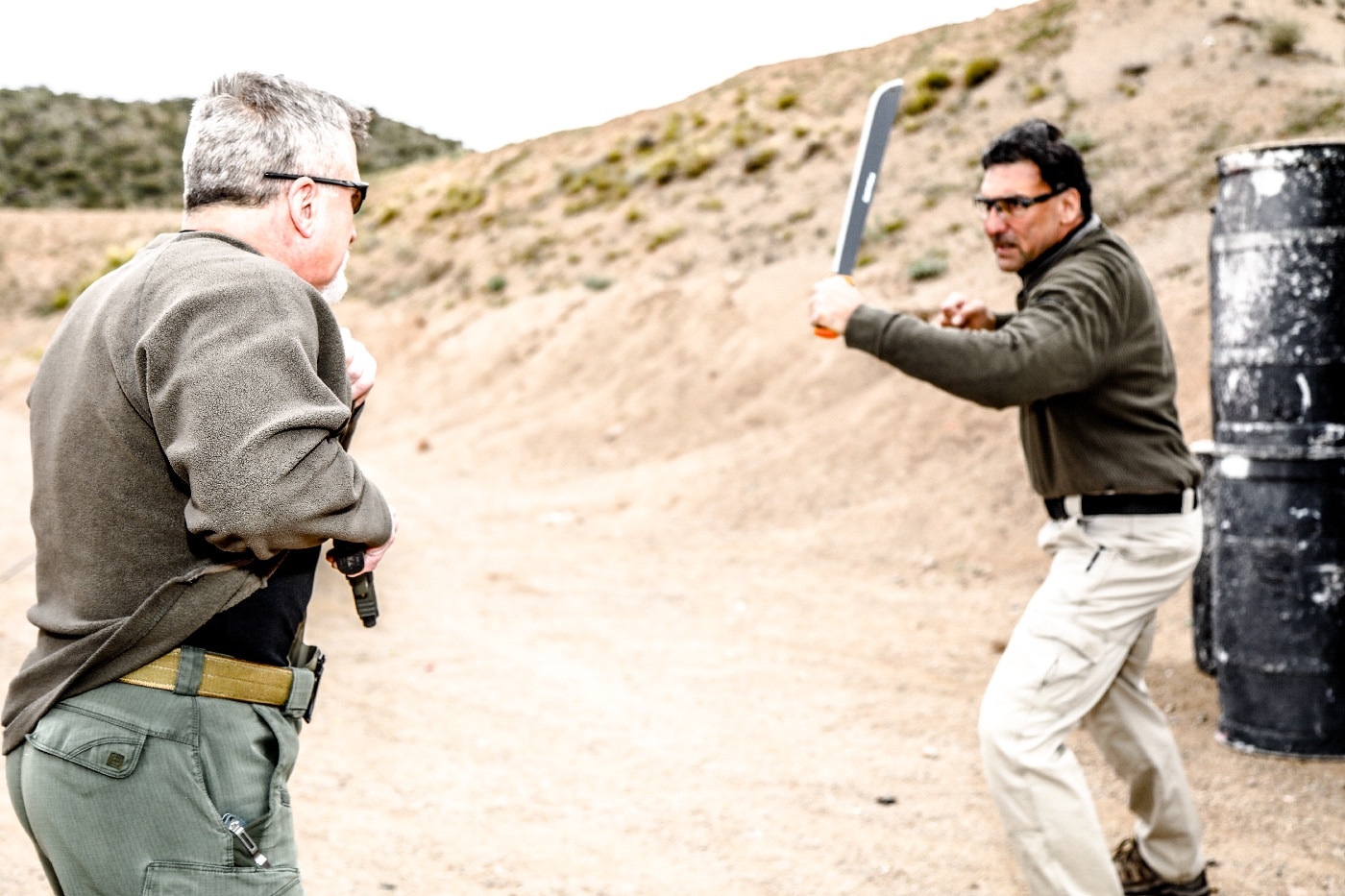
A physical threat engagement in the street can erupt as a scuffle, a fight or personal combat. Avoidance is the “A” answer. If you don’t show up for a street fight, you can’t possibly get hurt.
If avoidance is not possible, the next best active measure is to de-escalate the situation. Failing these two strongly recommended measures in addressing a violent physical engagement means you didn’t hear it, see it, or smell it coming. You failed to step away, and failed to de-escalate.
Should you end up failing in all the above and find yourself in a knock-down, drag-out, face-in-the-dirt street fight, keep in mind that there are no rules, no referees and no water breaks.
Your best bet is to escape any chance you get. However, in preparation for such an undesired event, there are three recommended concepts that you can adopt prior to finding yourself in harm’s way–hard skills, movement and equalization.
Hard Skills
The concept of hard skills refers to physical capabilities that directly apply to surviving personal combat (i.e. hand-to-hand combat, firearms proficiency, edged weapon training and the like).
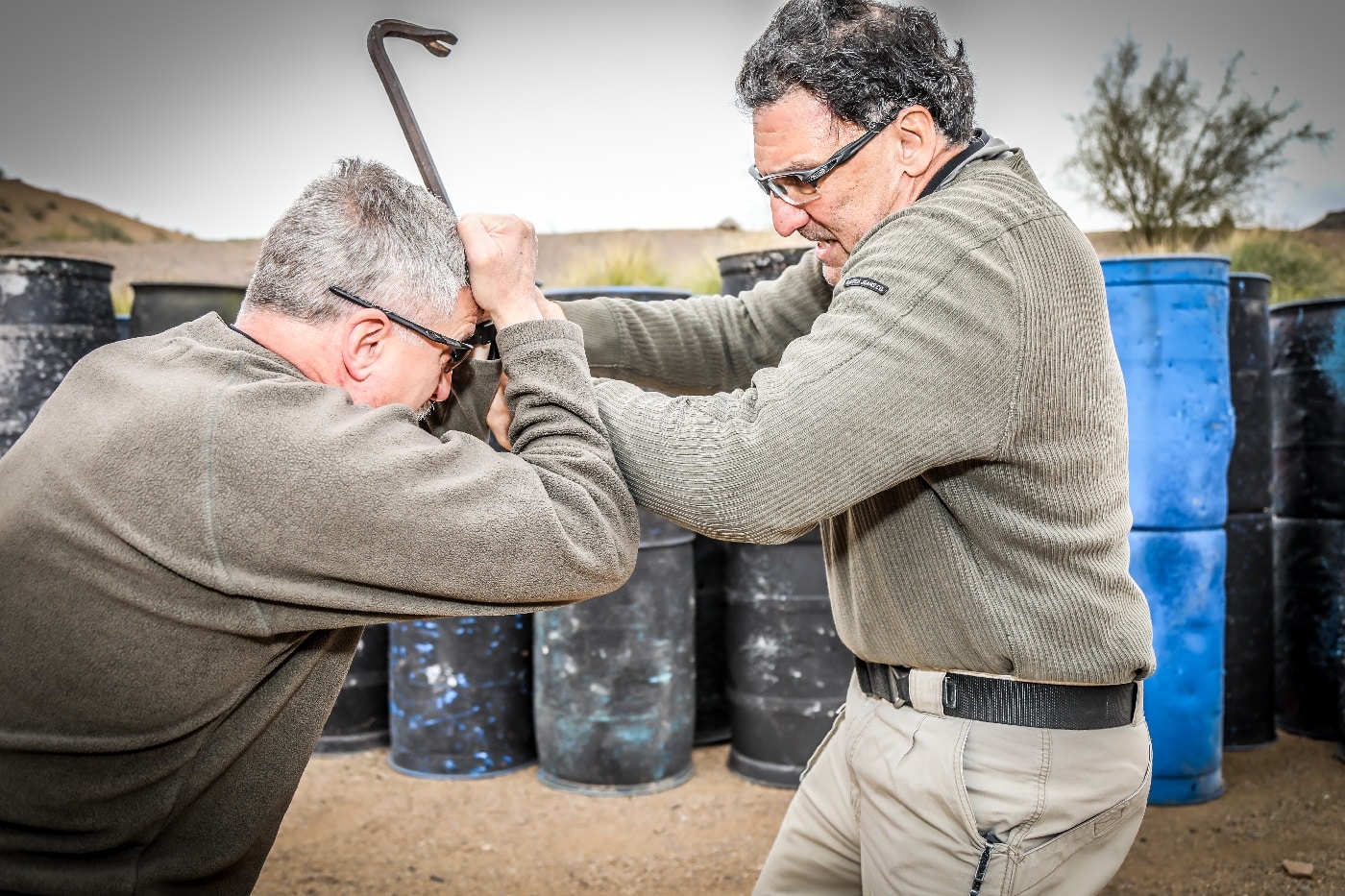
The end-product of physical training_hard skills — are gained by the development of technique, balance, eye-hand coordination, endurance, mental toughness, weapons handling and marksmanship training.
As with any skill, it is imperative to seek professional instruction. Taking seminars, workshops and the like are useful, but nothing compares to joining a boxing gym, taking a defensive shooting class or studying a martial art like Brazilian Jiujitsu. Without hard skills, you cannot effectively respond to a violent physical threat.
Movement
Remember the “A” answer–avoid? Failing avoidance, the next best option is to get out of there. The concept of movement is to get off that “X” and get yourself away from the fight.
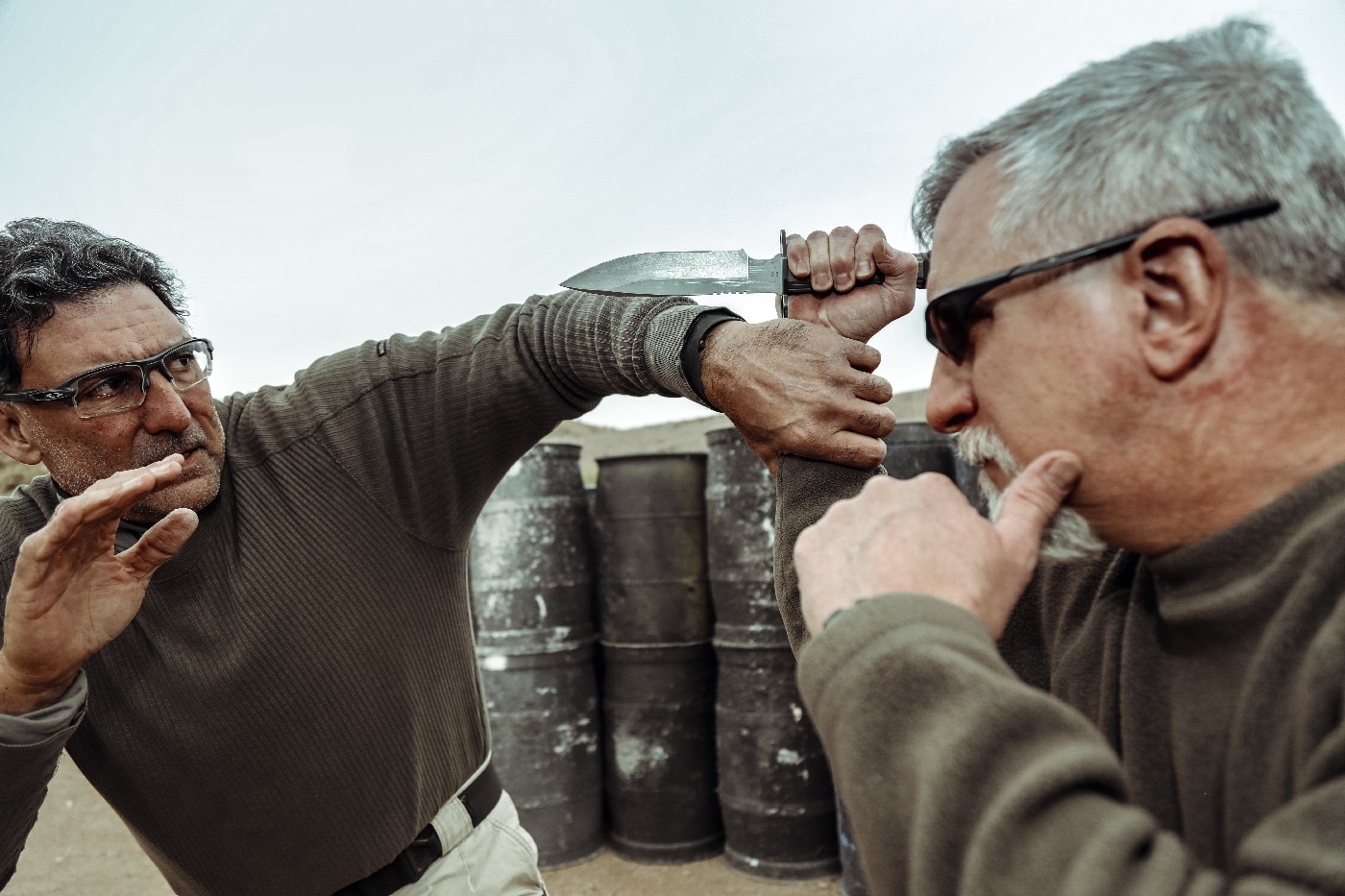
Distance is your friend. Any tactical advantage you may have had is negated when you are reacting to an attack as opposed to being proactive. You are most likely on their home turf, outnumbered and with nobody swooping down from above to save your day.
The safest thing you can do is create space between yourself and your attacker(s). More space gives you more time, which provides you greater opportunity to solve the tactical problem.
The converse of this is also true: less space equates to less time, which offers the least number of options to problem solve.
Equalization
If they pommel you to the ground, you grab a rock. Raised threat levels, including disparity in numbers, can warrant increased use of force. If you are fighting for your life in a personal combat scenario, you might be forced to do whatever it takes to avoid severe bodily injury or death.
The concept of equalization is to use an improvised weapon to stop the threat. A broken piece of glass or pair of scissors may serve as an edged weapon, and a broomstick or frying pan as an impact weapon. You can deploy any readily hand-held object in your immediate environment for help.
Conclusion
Remember that personal combat is well within the spectrum of a street fight. Topping the Scale of Human Aggression and failing avoidance and de-escalation, your remaining options are limited to using your hard skills, moving off the “X” or deploying an improvised weapon.
Editor’s Note: Please be sure to check out The Armory Life Forum, where you can comment about our daily articles, as well as just talk guns and gear. Click the “Go To Forum Thread” link below to jump in and discuss this article and much more!
Join the Discussion
Read the full article here









